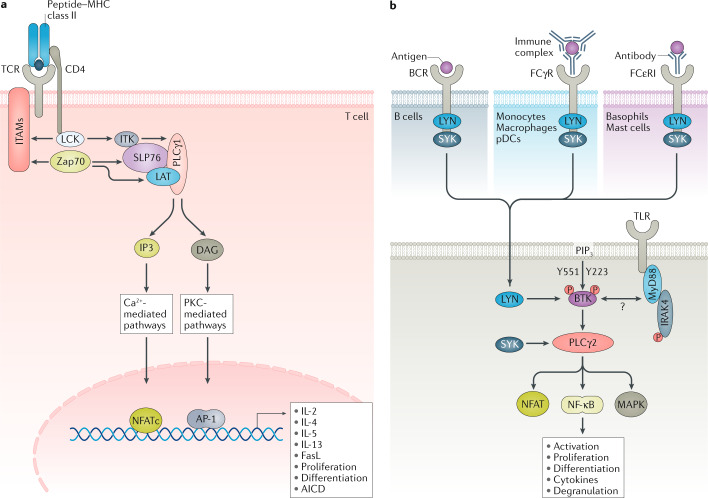Fig. 5. ITK and BTK in antigen receptor, TLR and FcR signalling.
a | In T cells, IL-2 inducible T cell kinase (ITK) phosphorylates secondary messengers to activate nuclear factor of activated T cells, cytoplasmic 1 (NFATc) and calcium signalling to positively regulate cytokines (such as IL-2) or negatively regulate certain genes such as FASLG. Following T cell receptor (TCR) engagement, active lymphocyte-specific protein tyrosine kinase (LCK) phosphorylates the immunoreceptor tyrosine-based activation motifs (ITAMs), Zap70 and IL-2-inducible T cell kinase (ITK). Zap70 phosphorylates SLP76 and linker for activation of T cells (LAT); ITK phosphorylates phospholipase Cγ1 (PLCγ1). Activated PLCγ1 then hydrolyses phosphatidylinositol 4,5-bisphosphate (PIP2) to produce diacylglcycerol (DAG) and inositol 1,4,5-trisphosphate (IP3), leading to increased calcium flux. b | Bruton’s tyrosine kinase (BTK) regulates multiple receptors including B cell receptor (BCR) or Toll-like receptors (TLRs) in B cells, Fcγ receptor (FCγR) or TLRs in macrophages or plasmacytoid dendritic cells (pDCs) and FCγR or TLRs in basophils and mast cells. Upon BCR engagement, BTK is activated by Src kinases and phosphorylates PLCγ2. PLCγ2 activates NFAT and enhances Ca2+ flux, and activates mitogen-activated protein kinase (MAPK) and NF-κB. BTK has also been implicated in TLR, IC and FCγR or FCεR signalling in multiple cell types via Ca2+ or as yet unknown pathways. AICD, activation-induced cell death; AP-1, activator protein 1; FasL, Fas ligand; IC, immune complex; IRAK4, IL-1 receptor-associated kinase 4; LYN, Lck/Yes-related novel tyrosine kinase; MHC, major histocompatibility complex; MyD88, myeloid differentiation primary response 88; P, phosphorus; PIP3, phosphatidylinositol 3,4,5-trisphosphate; PKC, protein kinase C; SYK, spleen tyrosine kinase.

